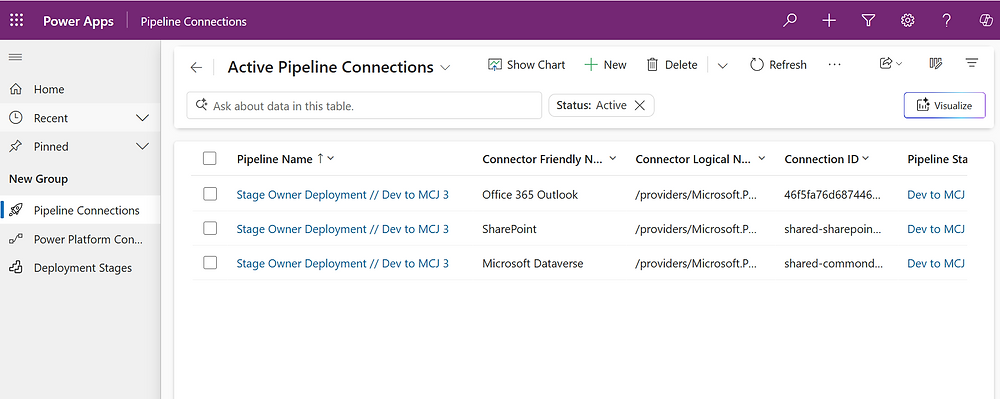Now Reading: The Secret to Integrating Outlook with your custom built software
-
01
The Secret to Integrating Outlook with your custom built software
The Secret to Integrating Outlook with your custom built software
Some time ago we were approached by a company who had a custom-built suite of web-based financial reporting and fundraising products that they offered to major alternative asset firms. It was a complicated application originally built in ColdFusion and later transitioned to Adobe Flex, on the Flash platform, with Lifecycle Data Services and pdf generator, etc. Needless to say, non-Microsoft friendly. While their product worked flawlessly in their web-portal, many of their customers had expressed an interest in saving some steps from flipping back and forth from the portal to Outlook where they primarily communicated with their respective clients. Client demand generated a need for an “Outlook Integration”.
 Over the next several months they explored with some developers building a direct integration with Outlook without success. The technical challenges were significant and thus the cost was exorbitant. They had just about concluded that their customers would have to go on wishing, when we popped into the picture. Originally they were just cross-checking their facts with another consultant (us), assuming that it was still not going to be feasible. But we reached into our quiver and pulled out a magic arrow. Their problem had been attempting to build a direct integration between their product and Outlook. We stepped back a bit and said, “Hey, Microsoft has already built a native integration for Outlook with Dynamics CRM Online, why don’t we let CRM handle that part, and we’ll just integrate your application with CRM?”. “Brilliant”, yes I know, no applause please, thank you, thank you, oh stop already.
Over the next several months they explored with some developers building a direct integration with Outlook without success. The technical challenges were significant and thus the cost was exorbitant. They had just about concluded that their customers would have to go on wishing, when we popped into the picture. Originally they were just cross-checking their facts with another consultant (us), assuming that it was still not going to be feasible. But we reached into our quiver and pulled out a magic arrow. Their problem had been attempting to build a direct integration between their product and Outlook. We stepped back a bit and said, “Hey, Microsoft has already built a native integration for Outlook with Dynamics CRM Online, why don’t we let CRM handle that part, and we’ll just integrate your application with CRM?”. “Brilliant”, yes I know, no applause please, thank you, thank you, oh stop already.
Outlook is a very solid desktop program that has been perfected over many years of internal development. It has several jobs that it was designed to do very well, letting developers “mess” with it to integrate stuff, is not one of them. Could it be done? Sure, with enough time and money, anything can be done. But if this company, with software services as their business could not justify it, there is no way a company that wants to integrate their own systems with Outlook for their own use could justify it. Thankfully, Microsoft made the investment for us, not directly to your application, but to Dynamics CRM Online. The integration is tight, flawless and native, something no other company could afford to do. Okay, so Dynamics CRM Online integrates with Outlook, how does this solve the problem at hand? Integrating your systems with Dynamics CRM Online is waaaaay simpler. Okay, to be fair, simpler is not simple, there is still some work involved, but it is manageable, and best of all, at a fraction of the cost. Sure, we have now introduced another product and a recurring expense, but don’t forget, in addition to integrating your application with Outlook, you also get a full CRM system to boot.
In our particular client’s case, their clients were initially oblivious to CRMs existence, they just used Outlook. They never visited the Dynamics CRM Online portal, probably did not even know it was there, much less what other things it could do. The integration problem was solved and they got what they originally hoped for. It is somewhat ironic that often we are looking at integrating different systems in the hopes of maybe eliminating some of them, and in this case we actually “added” one. But the user experience was the paramount goal here. To be able to stay in one application, Outlook, and be able to access all of the data and information they needed, from wherever it was coming from, and however it got there, was the achieved goal.
So will this approach work for your needs? If you are like most businesses, you are standardized on Outlook, and your users probably have that one application open all day long. The more tasks and operations you can cram into that application the better. Convenience is one way of looking at it, accommodating lazy users is another, either way your adoption levels of your other system will skyrocket when it is right next to their inbox. The case I used above was an extreme example, and I did not even go into the complicated security model that they required. But for most cases, this is not as much work as you think. If you would like to explore whether your custom built, home-grown system can be made more accessible via Outlook, contact us and we’ll chew on it together.
The post The Secret to Integrating Outlook with your custom built software first appeared on Steve Mordue MVP.















